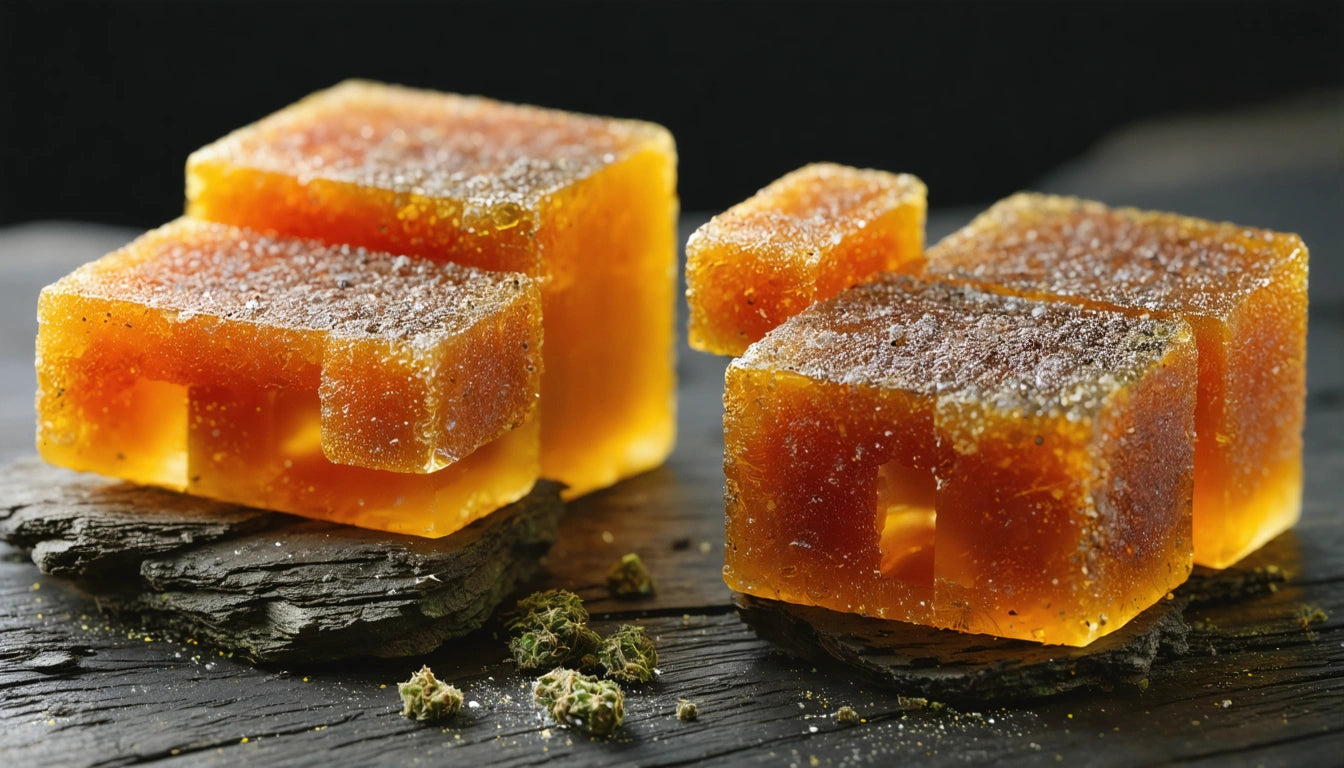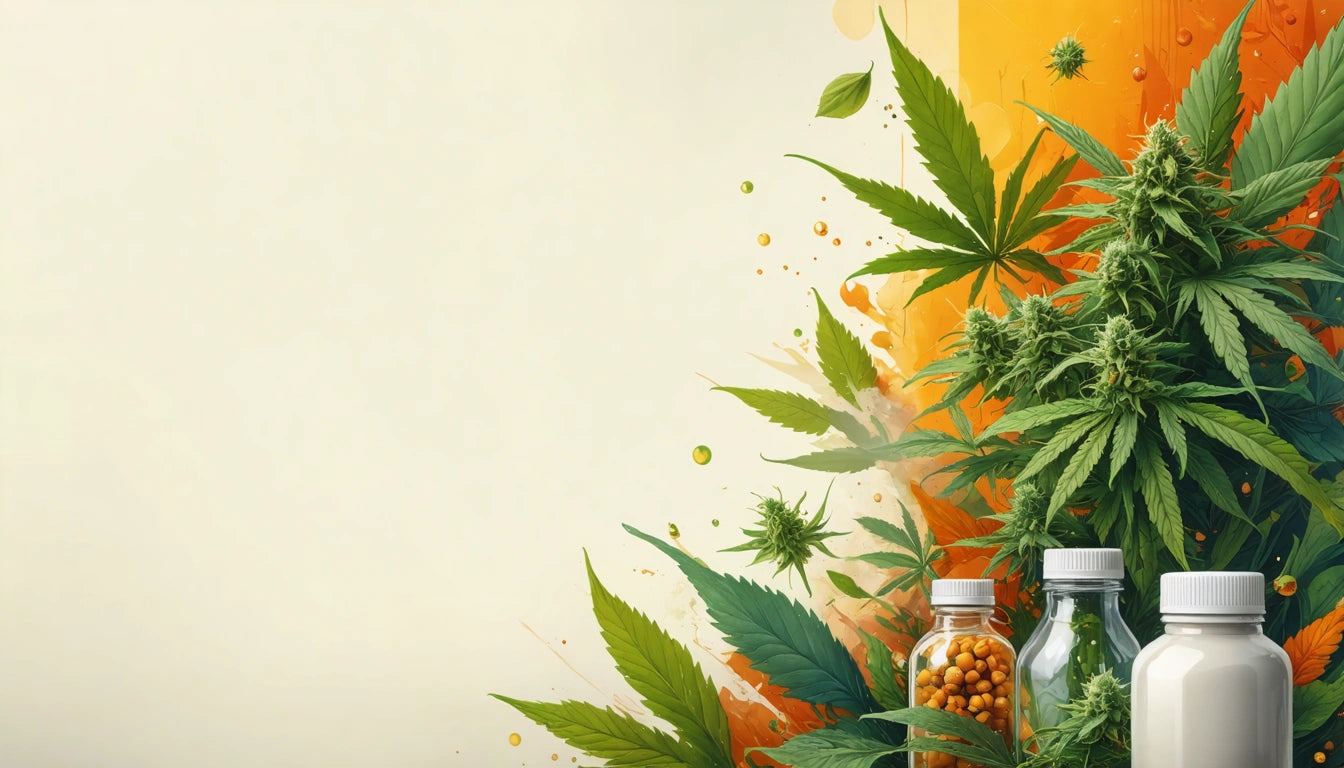Table of Contents
How Hash and Hash Rosin Are Made: Ingredients and Process
Hash, or hashish, represents one of the oldest and most revered cannabis concentrates in the world. Understanding how hash is made and what hash is made of provides valuable insights for both consumers and producers in the cannabis industry. This comprehensive guide explores traditional methods, modern techniques, and the specialized process of creating premium hash rosin.
What is Hash: Core Ingredients and Composition
At its essence, hash is made from the trichomes of the cannabis plant. These tiny, crystal-like structures contain the highest concentration of cannabinoids and terpenes. Understanding hashish composition reveals that these trichomes are separated from the plant material and compressed to form a potent concentrate.
What hash is made from specifically includes:
- Resin glands (trichomes) from cannabis flowers
- Minimal plant material
- No additives in traditional or high-quality hash
The potency of hash typically ranges from 20-60% THC, significantly higher than flower, which averages 15-25%. This concentration explains why hash has been valued for centuries across cultures from Morocco to Afghanistan.
Traditional Methods of Making Hash
Traditional hash making techniques vary by region but share common principles of trichome separation and compression. How to make hash traditionally often involves one of these time-honored methods:
Hand-Rubbing Method
Originating in regions like India and Nepal, this technique involves:
- Rubbing living cannabis plants between hands
- Collecting the sticky resin that adheres to skin
- Scraping and compressing the collected resin
- Forming into balls or sheets for curing
Dry-Sifting Technique
Common in Morocco and Lebanon, dry-sifting includes:
- Drying cannabis material thoroughly
- Beating plant material over fine screens
- Collecting the trichomes that fall through
- Pressing the collected powder into blocks
Modern Hash Production Techniques
Contemporary methods for how hash is made have evolved with technology while maintaining the core principles of trichome extraction. Modern producers often use:
Ice Water Extraction (Bubble Hash)
This popular method uses cold water and agitation to separate trichomes:
- Cannabis is placed in ice water to freeze and brittle trichomes
- The mixture is agitated to break trichomes from plant material
- Filtered through progressively finer mesh bags (bubble bags)
- Collected resin heads are dried and either consumed as bubble hash or processed further
Crafting quality bubble hash requires precise temperature control and careful drying techniques. For accurate production, many professionals use precision digital scales to measure their starting material and final yields, ensuring consistency across batches.
Mechanical Separation
Modern dry sift techniques utilize:
- Specialized tumbling machines with micron screens
- Controlled environments for temperature and humidity
- Static electricity techniques for further refinement
- Careful collection of different grades of hash
These methods produce varying qualities of hash, from cooking grade to full-melt that can be dabbed directly.
How Hash Rosin is Made: From Bubble Hash to Premium Extract
Hash rosin represents the pinnacle of solventless extraction. Understanding how hash rosin is made reveals a process that preserves the plant's full spectrum of compounds without chemical solvents:
Bubble Hash Preparation
Before making rosin, producers first create high-quality bubble hash:
- Select premium cannabis material with abundant trichomes
- Perform ice water extraction as described above
- Carefully dry the collected trichomes at controlled temperatures
- Grade the bubble hash for quality (usually seeking "full melt" grades)
Rosin Press Process
The transformation from bubble hash to rosin involves:
- Placing bubble hash in filter bags (typically 25-90 micron)
- Applying precise heat (typically 160-220 °F) and pressure
- Collecting the resulting oil that squeezes out
- Curing the final product for optimal consistency and flavor
Comprehensive hash making guides emphasize that rosin production requires significant investment in equipment and expertise to achieve premium results.
Quality Factors in Hash Production
What makes exceptional hash stands apart from average products comes down to several critical factors:
Starting Material
The quality of cannabis used directly impacts the final hash product:
- Trichome density and maturity
- Freshness of material (fresh frozen vs. dried)
- Strain selection for specific terpene profiles
- Cultivation practices (organic vs. conventional)
Process Refinement
Technical aspects that influence quality include:
- Temperature control throughout production
- Filtration micron size selection
- Drying environment and technique
- Curing time and conditions
Understanding hash quality factors helps consumers make informed decisions when selecting products, and helps producers command premium prices for superior extracts.
Future Innovations in Hash Making Technology
The art and science of hash making continues to evolve with several emerging trends:
- Automated systems for consistent commercial production
- Advanced freeze-dryers specifically designed for hash production
- Mechanical separation techniques with unprecedented precision
- New pressing technologies for improved rosin yields
As legalization expands globally, traditional hash making regions are beginning to adopt modern techniques while preserving their cultural heritage. Global hash production is experiencing a renaissance as knowledge is shared across previously isolated traditions.
Whether made by hand in the mountains of Morocco or with state-of-the-art equipment in California, hash production remains centered on the careful separation of cannabis trichomes. The resulting concentrate connects modern consumers to an ancient tradition while offering a potent, flavorful experience that showcases the essence of the cannabis plant.











Leave a comment
All comments are moderated before being published.
This site is protected by hCaptcha and the hCaptcha Privacy Policy and Terms of Service apply.